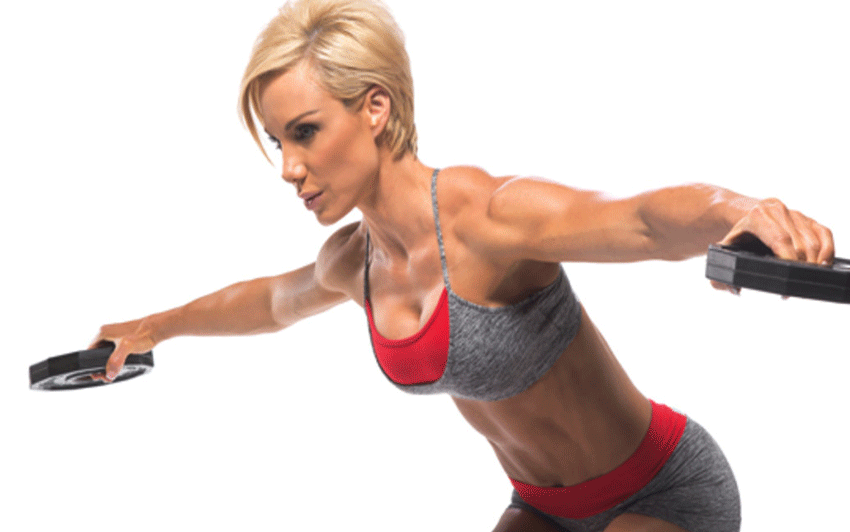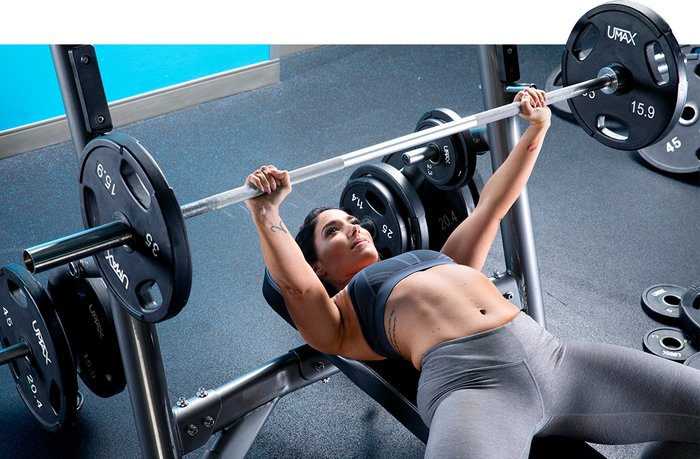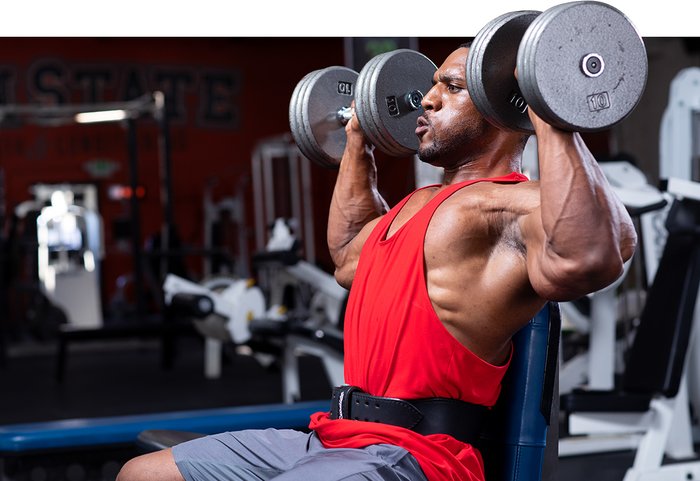

5 შეცდომა რასაც უშვებთ ვარჯიშისას და მათი გამოსწორების გზები
Try these smart course correctors to get your progress in the gym back on track
Everyone wants to build muscle, but if you want to take your physique beyond newbie gains, you need to rethink your strategy. Here are the most common mistakes you're probably making and some suggestions for how to fix them:
1. You Don't Prioritize The Right Exercises At The Beginning Of Your Workout
You walk into the gym and start your workout by doing every biceps curl variation you know, before you even think about pulling exercises for your back. Then, you wonder why your back muscles are lagging behind.
How To Fix It
Prioritize compound movements at the beginning of your workout. Compound movements like chin-ups, presses, rows, squats, and deadlifts are your bread and butter exercises, the ones that bring you the most bang for your buck. They engage several muscles at a time, increasing the metabolic demand made by your workout and stimulating more overall growth.
The question of which compound exercise to perform first is easy to answer: Prioritize the exercise you want to get strongest in. For instance, if you have both a barbell bench press and a barbell shoulder press on your training menu and you're trying to develop your delts, you would start with shoulder presses.

2. You Aren't Using Wrist Straps
Most people are limited by their grip strength when they do any type of pulling exercises. As a result, the targeted muscles don't come close to reaching fatigue because the forearm muscles hit failure first and you end up leaving a lot of muscle development on the table.
How To Fix It
If you are limited by your grip, use wrist straps. Wrist straps enable you to maximize the work you do for the target muscles.
At the same time, your program should include exercises that specifically target your forearm muscles—carry variations such as farmer carries, suitcase carries, and waiter carries are all great options.
3. You're Constantly Working On Your Core
You're performing all exercises either standing, half kneeling, or tall kneeling because you want to challenge your core muscles. Essentially, there is nothing wrong with this thought process—the less supported your body is for any given exercise, the more you have to focus on core stability to complete the movement. If your goal is to gain muscle, however, you must be able to direct most of your energy toward stimulating the muscles you're trying to grow.
Simply put, in this context, challenging your stability compromises your muscle growth.
How To Fix It
Try to get as much body stability as possible. Perform bench supported rows instead of unsupported bent-over rows, seated shoulder presses instead of standing shoulder presses, and so on.

4. You're Not Working On Your Shoulder And Hip Joints
The shoulder and hip joints are ball-and-socket joints, which means they enable multidirectional movements, such as external rotation. Unfortunately, the muscles that perform shoulder and hip external rotation are the weakest link in the chain. They include some of the rotator cuff muscles of the shoulder joint along the posterior delt (the infraspinatus and teres minor) and the six deep hip external rotators along the glutes (the piriformis, gemellus superior, obturator internus, gemellus inferior, quadratus femoris, and obturator externus).
Strengthening these muscles is extremely important for joint congruency, joint stabilization, and reducing your risk of injury. When you don't train them properly, it limits your strength everywhere.
Basically, you're always limited by your weakest link, and those key muscles are the first to give and get injured when left untrained.
How To Fix It
Start incorporating external rotation variations into your shoulder training:
Start incorporating abduction variations, aka external rotation, into your lower body training:
- 3 variation seated machine hip abduction
- Banded hip abduction
- Side-lying banded hip abduction (you don't have to use the band)
5. You're Sprinting Through Your Workouts
You think supersets, dropsets, and all other kinds of compound sets will maximize your muscle gains. News flash: they won't.
These are advanced techniques you can use when you've been lifting for a while and have already put a measurable amount of muscle on your frame, or when you're short on time at the gym.
If you find yourself supersetting dumbbell chest presses and bent-over rows, then squats and deadlifts, and so on, you're not giving your body time to recover between sets and your breath to return to baseline. Instead, you're sprinting through your workout and, once again, leaving a lot of gains on the table. This workout style may make you feel fatigued and exhausted, but remember, fatigue and exhaustion are not indicators of progress.
How To Fix It
As a general rule, rest between sets for the time it takes you to get back to baseline breathing or close to it. For most people, 1-2 minutes is sufficient.
Your goal is to overload your muscles progressively, mostly by lifting the same amount of weight for the same number of reps or more and slowly increasing the weight over time.




